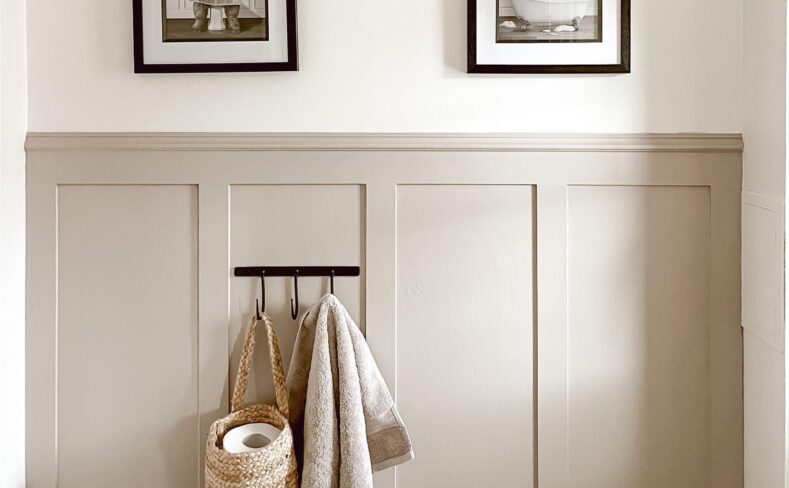Creating a visually captivating and functional space within your home involves meticulous attention to detail. Among the various interior design techniques available, half wall paneling stands out as a versatile and elegant choice. This classic design element not only adds sophistication but also serves as a practical solution to enhance the aesthetic appeal of any room.
Wall Paneling Half Wall, also known as wainscoting, involves covering the lower half of a wall with wooden panels, tiles, or other decorative materials. It typically extends from the baseboard up to chair rail height or around halfway up the wall, hence the name. This technique has been employed for centuries and continues to be favored by interior designers and homeowners for its ability to transform an ordinary space into something extraordinary.
Advantages of half wall Paneling
The beauty of half wall paneling lies in its adaptability to various architectural styles, from traditional to modern. It serves as a blank canvas for creativity, allowing homeowners to personalize their interiors based on their preferences. Whether aiming for a rustic farmhouse charm or a sleek contemporary look, half wall paneling can be customized to complement the overall design scheme effortlessly.
One of the primary advantages of half wall paneling is its functionality. Aside from its aesthetic appeal, it offers practical benefits such as protection against scuff marks, scratches, and other wear and tear that commonly occur on walls, especially in high-traffic areas. Moreover, it provides a layer of insulation and can be used to hide uneven or imperfect wall surfaces, creating a smoother appearance.
PVC
The versatility of half wall paneling extends beyond its protective and decorative functions. It can also act as a visual divider, delineating different areas within a room without compromising the sense of space. For instance, in open-plan living areas, strategically placed half wall paneling can define distinct zones for dining, lounging, or working, maintaining a cohesive look while adding architectural interest.
When it comes to choosing materials for half wall paneling, there is a plethora of options available. Wood remains a popular choice due to its warmth and timeless appeal. Different wood species, such as oak, pine, or maple, offer varying textures and grains, allowing for a range of design possibilities. Alternatively, tiles, beadboard, or even PVC paneling provide diverse textures and finishes to suit different aesthetics.
Precision and Expertise
Installation of half wall paneling requires precision and expertise to achieve a polished and seamless look. Homeowners may choose to tackle it as a DIY project, but consulting professionals ensures accurate measurements, proper alignment, and a flawless finish.
Maintenance of half wall paneling is relatively straightforward, requiring occasional dusting or wiping with a damp cloth to keep it looking pristine. Depending on the chosen material, periodic refinishing or touch-ups may be necessary to maintain its beauty over time.
Conclusion
Incorporating Wall Paneling Half Wall into your interior design is a timeless choice that adds character, elegance, and functionality to any space. Its versatility, ability to enhance different design aesthetics, and practical benefits make it a compelling option for homeowners looking to elevate their homes’ ambiance while adding a touch of sophistication. Whether aiming for a traditional, transitional, or contemporary look, half wall paneling remains a classic and stylish design element that stands the test of time.

